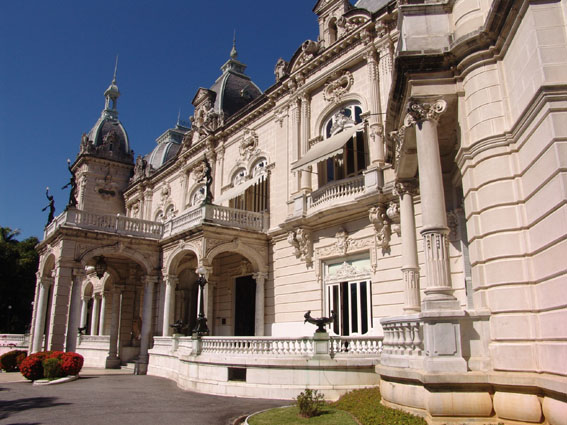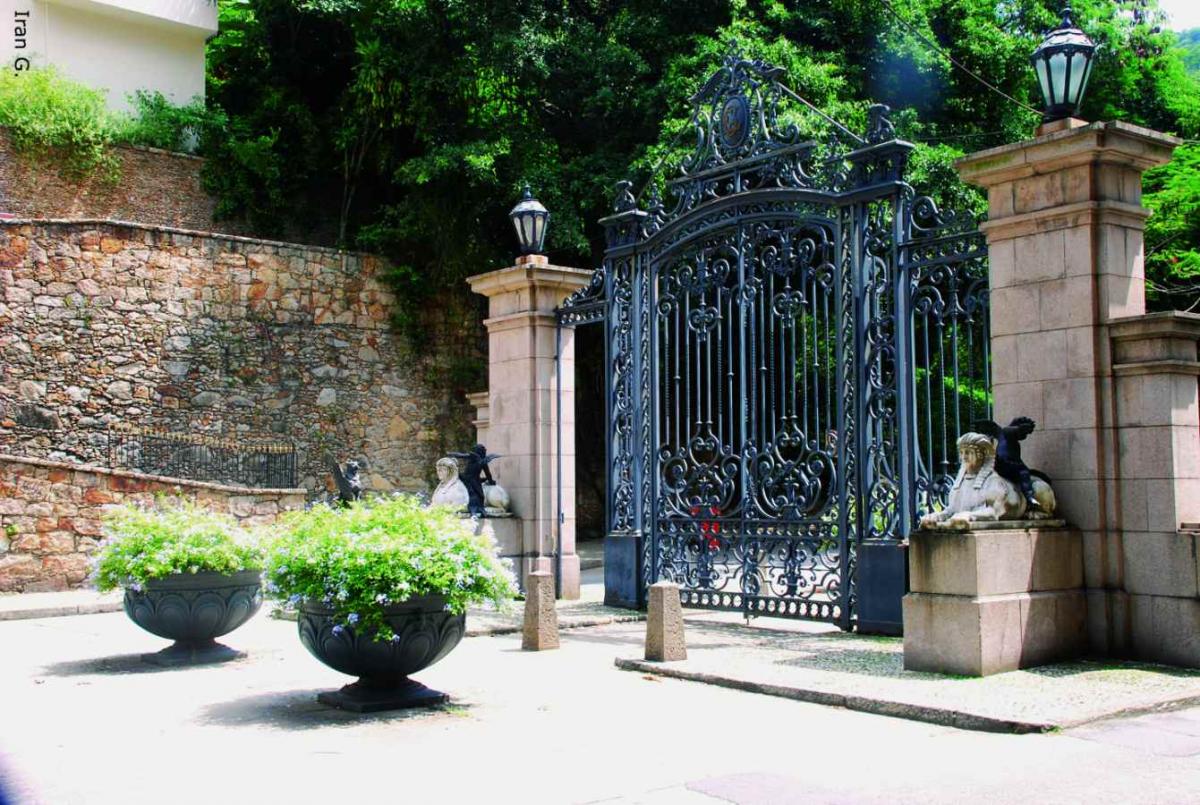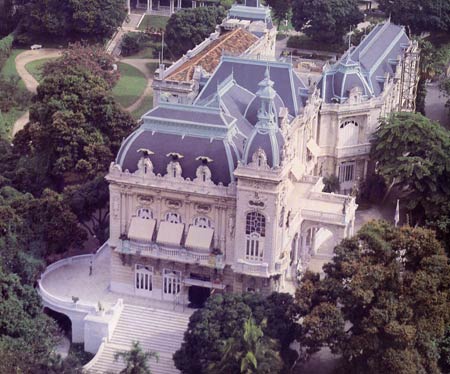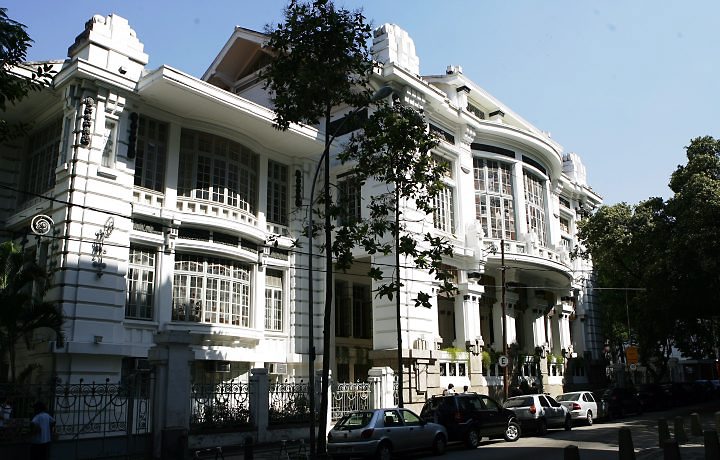
Laranjeiras
Small and important link for South Zone of Rio de Janeiro
Laranjeiras is a small neighborhood located in the Zona Sul (South Zone) area of Rio. The word Laranjeiras means orange trees. It has a close knit community feel with small businesses and locals peddling fruits, vegetables, fresh fish, handicrafts and other things. Even though the neighborhood is primarily residential, there are several recognizable spots here. The Palácio Guanabara which is the seat of the state government of Rio, the Palácio Laranjeiras, the official residence of the state governor, the Parque Guinle and the headquarters of the Fluminense football club is located here.
History
Laranjeiras is one of the oldest neighborhoods of Rio. It was established in the 17th century as the area around Carioca River was being occupied. The construction of country houses in the valley bordering the Corcovado Mountain led to the rapid development of the neighborhood.
Geography
Located in the Zona Sul area of Rio, Laranjeiras is located adjacent to Cosme Velho neighborhood and between Santa Teresa and Flamengo.
Highlights
Parque Guinle
Laranjeiras has a proud past which is clearly reflected in the architecture. The Parque Guinle was designed by the French landscaper Gochet. It obviously has a distinct European style featuring a small lake, lanes and lawns. Overlooking the park is the Palacio de Laranjeiras built by architect Silva Telles between 1909 and 1914.
Palácio das Laranjeiras
The Palácio das Laranjeiras is an opulent structure which was designed in the French classical style. The palace originally served as the residence of Eduardo Guinle. It was purchased by the state in 1947 and has been used as the official home of the governor ever since. The palace was recently restored to its former glory and is open for public viewing throughout the week. On display are furniture and other ornamental objects from the time the palace was built. However, one should not be mistaken in thinking that Laranjeiras is a neighborhood living in the glory of the past. It is quite the opposite. The neighborhood has managed to keep up with modern trends while still preserving the integrity of its heritage and character.
However, one should not be mistaken in thinking that Laranjeiras is a neighborhood living in the glory of the past. It is quite the opposite. The neighborhood has managed to keep up with modern trends while still preserving the integrity of its heritage and character.
Fluminense Football Club
For sports fanatics, the Estádio das Laranjeiras will prove to be a great attraction. It is the original place where the Fluminense Football Club was established in 1905. It can house up to 8000 spectators. Brazil’s historic 2-0 victory against Exeter City of England was registered on the grounds at Rua Pinheiro Machado in 1914. The improving infrastructure of the neighborhood has enabled real estate prices to rise significantly over the years. The prices are now on par with other more popular neighborhoods like Copacabana, Leblon and Ipanema.
The improving infrastructure of the neighborhood has enabled real estate prices to rise significantly over the years. The prices are now on par with other more popular neighborhoods like Copacabana, Leblon and Ipanema.
It's Carnival Time
Enjoy specials deals for Rio Carnival 2025
